Discover the essential server monitoring metrics and types of monitoring tools that are crucial for efficient server management. IT professionals rely on server monitoring tools to track performance, identify issues, and ensure optimal server health. By exploring these tools, benefits, best practices, and advanced techniques, you can enhance your server’s performance and streamline operations. Stay ahead of the game with the latest trends in server monitoring to stay proactive and prevent potential downtime.
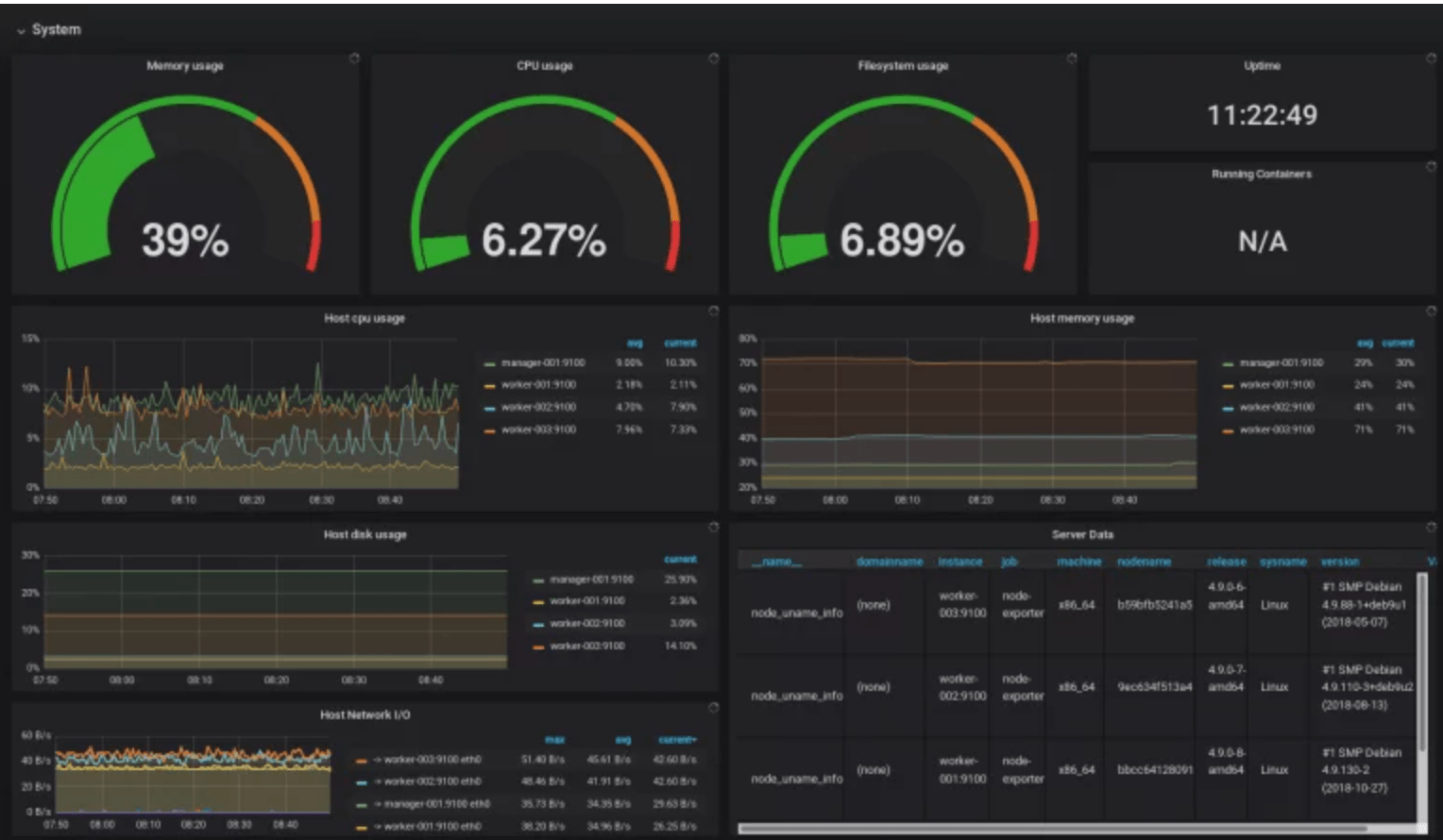
Exploring Essential Server Monitoring Metrics
Understanding Key Server Metrics
Monitoring CPU utilization is essential for assessing server performance. High CPU usage may indicate overburdened servers affecting application performance. Memory usage monitoring ensures efficient resource allocation, preventing slowdowns or crashes. Disk space utilization tracking aids in managing storage capacity effectively, averting potential data loss. Monitoring network traffic helps optimize communication speed and detect anomalies for network stability. Uptime monitoring ensures consistent server availability, crucial for uninterrupted services.
In summary, being cognizant of these essential server monitoring metrics – CPU utilization, memory usage, disk space utilization, network traffic, and uptime – grants IT professionals valuable insights into server health, enabling proactive maintenance and ensuring optimal performance. By diligently tracking these metrics, organizations can preemptively address issues and maintain a robust server infrastructure, reducing downtime and enhancing user experience.
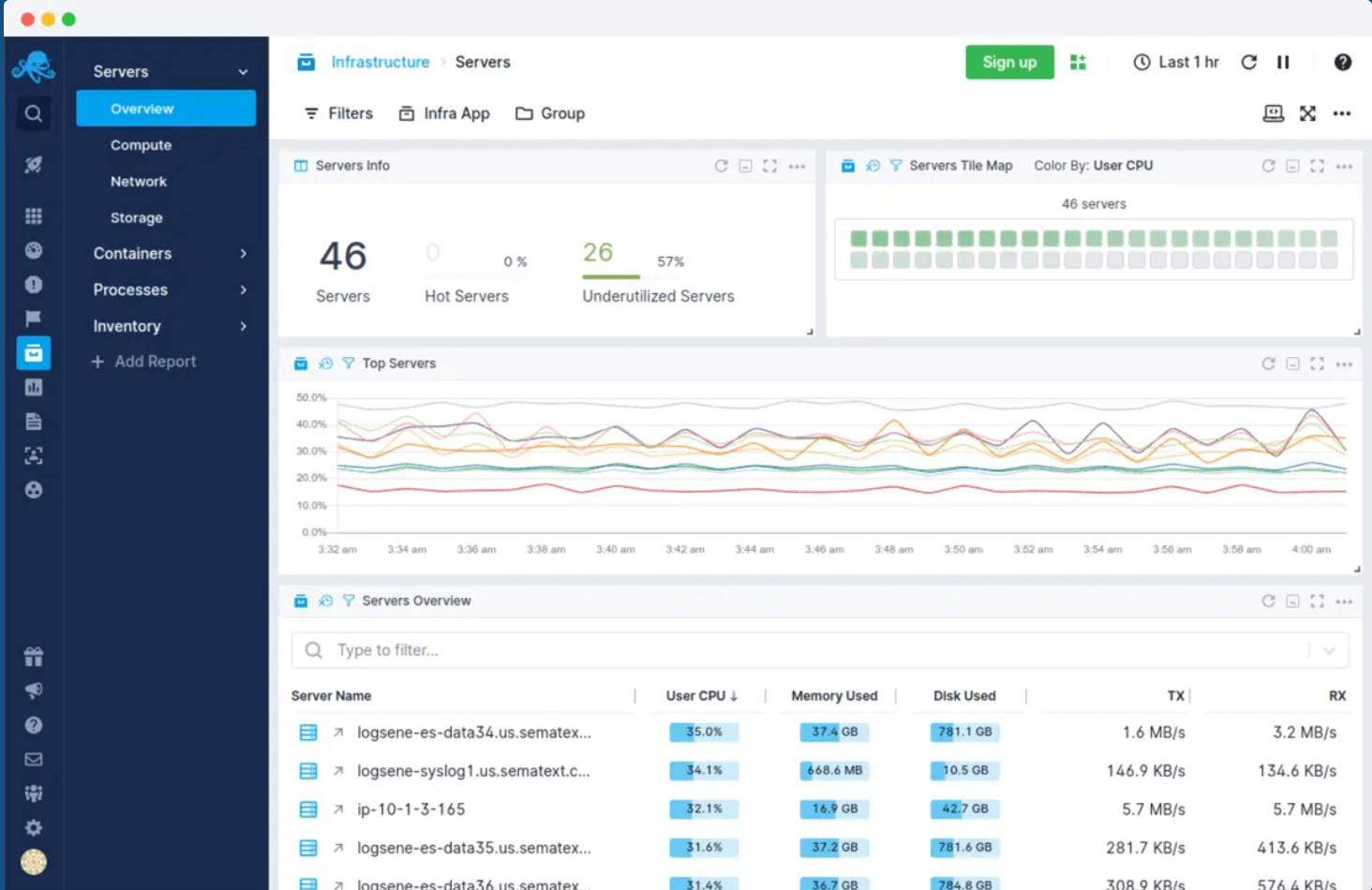
Types of Server Monitoring Tools
Agent-based Tools
Agent-based server monitoring tools necessitate the installation of software directly onto the servers under observation. By embedding agents on individual servers, these tools can gather detailed metrics and provide in-depth insights into server performance. This approach offers granular visibility but may require additional resources for maintenance.
Agentless Tools
In contrast, agentless server monitoring tools operate without the need for software installation on the servers. This deployment simplicity streamlines the monitoring process, making it easier and faster to set up. Despite being easier to manage, these tools may have limitations in capturing certain detailed metrics compared to agent-based solutions.
Cloud-based Tools
Cloud-based server monitoring tools are hosted remotely, offering IT professionals the advantage of accessing monitoring data from anywhere with internet connectivity. This cloud-centric approach enhances scalability, allowing for seamless expansion as server infrastructures evolve. Additionally, cloud-based tools often come with integrated features for rapid deployment and monitoring across distributed environments.
Open-source Tools
Open-source server monitoring tools are freely available to users, providing a cost-effective solution while enabling customization based on specific requirements. IT professionals can tailor these tools to suit their unique server monitoring needs, fostering adaptability and control over monitoring processes. This flexibility and community-driven development make open-source tools a popular choice for those seeking budget-friendly yet robust monitoring solutions.
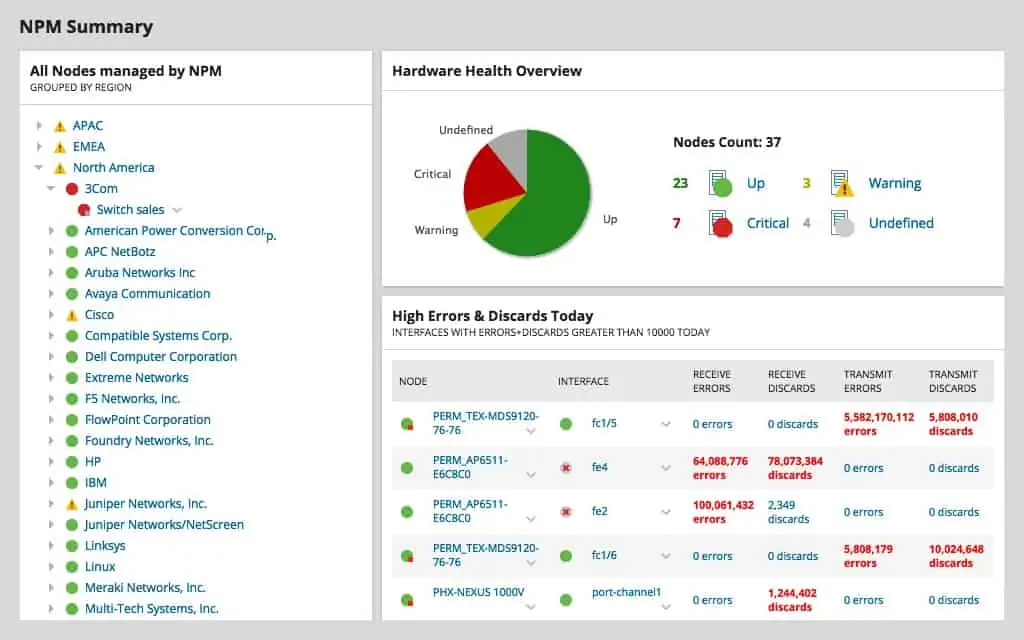
Benefits of Server Monitoring
Server monitoring metrics play a vital role in optimizing IT infrastructure. Here are key benefits that emphasize the significance of proactive monitoring:
Enhanced Uptime
Ensuring server uptime is critical for business continuity. Server monitoring metrics enable the early detection of issues, minimizing downtime and potential data loss. By staying ahead with real-time insights, IT professionals can swiftly address issues before they escalate.
Performance Optimization
Server monitoring empowers IT teams to identify and resolve performance bottlenecks proactively. By monitoring key metrics, such as CPU usage and response times, administrators can fine-tune server performance, ensuring efficient operations and optimal user experience.
Strengthened Security Measures
Server monitoring tools act as a first line of defense against cybersecurity threats. Detecting anomalies and suspicious activities promptly can prevent potential security breaches. Monitoring server logs and network traffic aids in maintaining a secure IT environment.
Cost Efficiency
Proactive server monitoring contributes to cost reduction by averting downtime and performance disruptions. By addressing issues swiftly, organizations can save on emergency maintenance expenses and mitigate losses associated with prolonged server downtime.
Data-Driven Decision-Making
Server monitoring tools collect valuable data on server performance and resource utilization. By analyzing this data, IT professionals gain actionable insights to make informed decisions on capacity planning, resource allocation, and infrastructure improvements. Leveraging data-driven decisions enhances overall operational efficiency and strategic planning.

Choosing the Right Server Monitoring Tool
When selecting a server monitoring tool, the size and complexity of your server infrastructure are paramount. Tools vary in their capacity to handle diverse setups effectively. Evaluating the features and functionalities ensures the chosen tool aligns with your specific monitoring needs, providing real-time insights into server performance.
Furthermore, assessing the level of support and documentation available is crucial. A tool with robust support and comprehensive documentation can significantly aid in troubleshooting and utilizing the tool to its full potential, enhancing your server monitoring process efficiently.
Cost and licensing models play a significant role in tool selection. Understanding the pricing structures, including any hidden costs, ensures budget alignment. Seek recommendations and reviews from other users to gain valuable insights into the tool’s effectiveness and overall user satisfaction. This feedback can guide you towards choosing a reliable and efficient server monitoring tool tailored to your requirements.
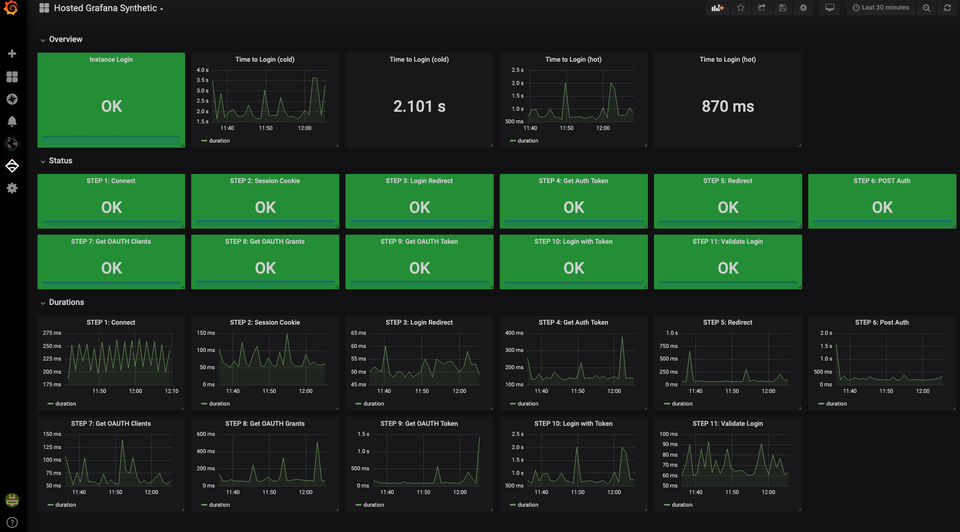
Best Practices for Server Monitoring
Establishing Clear Monitoring Thresholds and Alerts
Establishing precise monitoring thresholds and alerts is essential for proactive server management. By setting up thresholds tailored to server performance metrics, administrators can swiftly detect deviations and take corrective actions before issues escalate, ensuring optimal server health and performance.
Setting Up Automated Notifications for Prompt Response
Automated notifications play a vital role in quick issue resolution. By configuring alerts to notify administrators instantly upon threshold breaches, teams can respond promptly to anomalies. This practice enhances the efficiency of problem identification and resolution, minimizing the impact on server operations and overall system reliability.
Regular Review and Analysis of Monitoring Data
Regularly reviewing and analyzing monitoring data is pivotal for gaining insights into server performance trends and patterns. This practice allows administrators to identify potential bottlenecks, plan capacity upgrades, and optimize resource allocation, leading to enhanced server efficiency and improved overall performance.
Implementing Redundancy and Failover Mechanisms
Implementing redundancy and failover mechanisms is crucial for minimizing downtime in case of hardware failures or unexpected events. By having backup systems ready to take over operations seamlessly, IT teams can ensure continuous service availability, mitigate risks, and maintain business continuity even under challenging circumstances.
Conducting Regular Server Maintenance and Updates
Regular server maintenance and updates are indispensable for preventing performance degradation and addressing vulnerabilities. By adhering to a structured maintenance schedule, including patches, updates, and routine checks, organizations can uphold server security, optimize performance, and extend the lifespan of their server infrastructure.
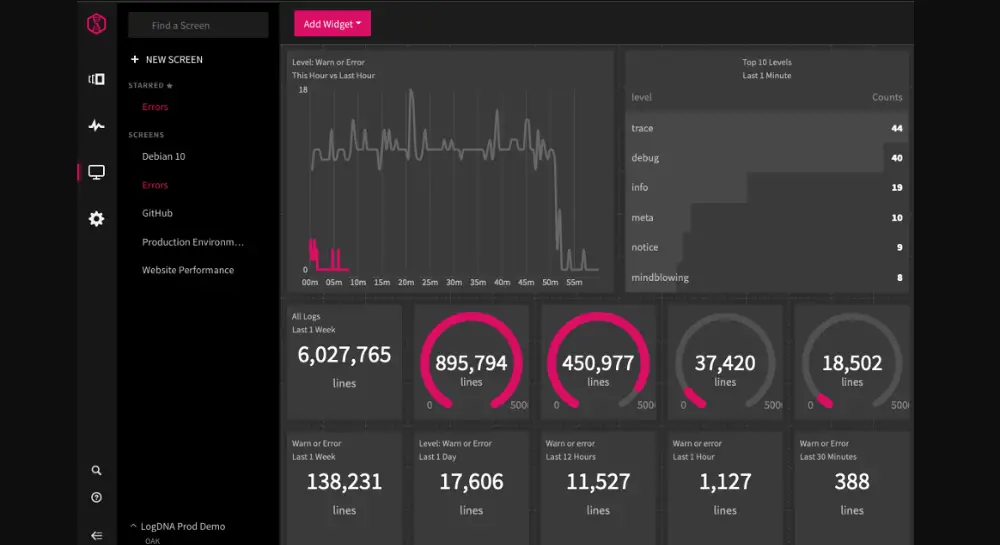
Advanced Server Monitoring Techniques
Log Monitoring
Log monitoring is a critical technique that involves analyzing server logs meticulously to detect errors, security events, and anomalies. By closely examining log data, IT professionals can proactively address potential issues, enhance security measures, and optimize server performance. Utilizing advanced log monitoring tools can provide valuable insights into server operations and improve overall system reliability.
Synthetic Monitoring
Synthetic monitoring is a sophisticated method used to simulate user interactions with servers to evaluate responsiveness and performance. By mimicking real user behavior, IT professionals can identify bottlenecks, optimize server configurations, and ensure seamless user experiences. This advanced technique helps in predicting and preventing performance issues before they impact end-users, making it a proactive approach to server monitoring.
Application Performance Monitoring
Application performance monitoring focuses on tracking and analyzing the performance of specific applications running on servers. By monitoring key metrics such as response time, throughput, and error rates, IT professionals can pinpoint performance issues, optimize application efficiency, and deliver exceptional user experiences. This technique is instrumental in ensuring the smooth operation of critical applications on servers.
Container Monitoring
Container monitoring involves monitoring the performance and health of containerized applications deployed on servers. By tracking container metrics such as resource utilization, network performance, and container health status, IT professionals can ensure the efficient operation of containerized applications. This technique is essential for maintaining the stability and performance of containerized environments and optimizing resource allocation.
Cloud Monitoring
Cloud monitoring is a specialized technique that focuses on monitoring cloud-based servers and services. By monitoring key cloud metrics like resource usage, network performance, and scalability, IT professionals can ensure the reliability, security, and performance of servers hosted in the cloud. Cloud monitoring allows for proactive optimization of cloud resources, cost management, and effective scaling to meet changing demands.

Emerging Trends in Server Monitoring
Cutting-Edge Technologies Shaping the Future of Server Monitoring
In the realm of server monitoring, cutting-edge technologies like Artificial Intelligence (AI) are revolutionizing the landscape. AI-powered tools harness the power of machine learning to automate monitoring tasks and offer predictive analytics, enabling proactive issue resolution and enhancing overall server performance. By leveraging AI, organizations can optimize resource utilization and preemptively address potential bottlenecks, ensuring seamless server operations.
Unveiling the Power of Machine Learning in Server Monitoring
Machine Learning (ML) algorithms are at the forefront of server monitoring innovation. By analyzing vast amounts of server data, ML algorithms can swiftly detect anomalies, identify patterns, and predict potential failures before they occur. This predictive capability equips IT professionals with actionable insights to fine-tune server configurations, enhance security protocols, and bolster system reliability. Embracing ML empowers enterprises to stay ahead of server issues, ultimately minimizing downtime and maximizing efficiency.
Embracing the IoT Revolution for Enhanced Server Management
The Internet of Things (IoT) is reshaping server monitoring practices by offering seamless integration with monitoring systems. IoT devices play a pivotal role in enabling remote monitoring and control of servers, providing real-time updates on server performance metrics and environmental conditions. This connectivity empowers system administrators to swiftly respond to fluctuating server demands, optimize workloads, and ensure uninterrupted service delivery, all from a centralized dashboard.
Navigating the Serverless Monitoring Landscape
As serverless architectures gain prominence, specialized serverless monitoring solutions are emerging to meet the evolving needs of IT infrastructures. Serverless monitoring tools enable organizations to monitor functions and services within serverless environments, ensuring optimal performance and efficient resource allocation. By embracing serverless monitoring, businesses can streamline operations, reduce infrastructure costs, and adapt to the dynamic demands of modern application development.
Harnessing the Potential of Cloud-Native Monitoring
Cloud-native monitoring solutions are designed to cater specifically to the intricacies of cloud-based environments. By monitoring applications and services hosted in the cloud, organizations can gain comprehensive insights into performance, scalability, and resource utilization. Cloud-native monitoring tools offer real-time visibility into cloud workloads, empowering IT teams to optimize cloud resources, troubleshoot issues promptly, and deliver exceptional user experiences in the ever-evolving digital landscape.
In conclusion, staying abreast of these emerging trends in server monitoring is essential for IT professionals looking to enhance server performance, preemptively resolve issues, and ensure seamless operations in an increasingly complex technological ecosystem. By leveraging AI, ML, IoT, serverless monitoring, and cloud-native monitoring tools, organizations can proactively manage their server infrastructure, optimize resource allocation, and drive operational efficiency, ultimately staying at the vanguard of server monitoring excellence.
